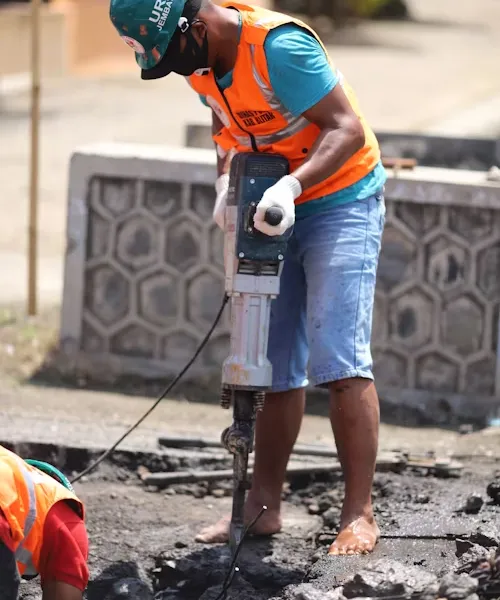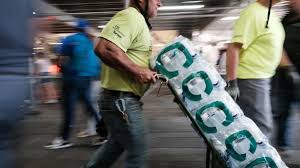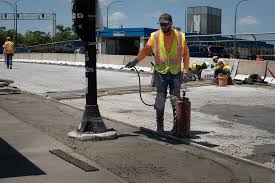
As climate extremes like record heatwaves and wildfire smoke put more workers in danger, experts say employers need to take proactive steps — from basic protections like shade, water and rest to involving employees in safety planning.
Recent heatwaves across the U.S. have shown how dangerous high temperatures can be for outdoor and high-exertion workers. CBS News reported that at least two workers — an outdoor worker in Atlanta and a mail carrier in Dallas — died from heat in June alone. Between 2011 and 2022, an average of 40 U.S. workers died each year from heat exposure on the job, making heat the leading cause of weather-related deaths in the country, according to OSHA.

The Intergovernmental Panel on Climate Change projects that extreme weather events like heatwaves will become more frequent and severe as the climate warms. But many employers still overlook this link, said Kristina Dahl, VP of science at Climate Central.
“An employer operating a farm for 20 years might say, ‘sure, it’s hot today, but we’ve always had hot days in the summer,’ and to some extent, that’s true,” Dahl said. “But they’re becoming more frequent and more severe. It’s not always obvious what you can attribute to climate change and what’s naturally happened.”
While some states have heat safety rules, many don’t — and there is no federal standard yet, though one has been proposed. Still, many companies are choosing to take extra measures, experts said.
“What the evidence suggests is that most heat illness or death is preventable with sufficient water, shade and rest,” Dahl said.

Jessica Martinez, executive director of the National Council for Occupational Safety and Health, said every employer should provide basics like:
Employers should also build clear plans and train staff on how to spot and respond to heat-related illnesses, said Kaiser Chowdhry, partner at Morgan Lewis.
“Your obligation as an employer is to protect your employees,” Chowdhry said.
Workers must be part of the planning process, Martinez added:
“Because workers know the job best and understand what works.”
She said companies should support spaces for workers to speak up and suggest improvements — such as worker-led safety committees — and normalize hazard reporting.
“A workplace that discourages reporting is one where suffering is hidden, and that’s not sustainable for anyone,” Martinez said.
Dahl pointed to the United Steelworkers union’s efforts to secure contract protections like heat shields and ventilation to keep workers safe from both heat and poor air quality.
Experts say employers should expand safety plans to include other climate risks like wildfires, hurricanes and floods.
“Already, in some locations that are more vulnerable to climate change impacts, some employers offer protective kits, which contain items such as air filtration systems, face masks and water filters,” said Ellen Kelsay, president and CEO of the Business Group on Health.
Tracy Watts, a senior partner at Mercer, said HR leaders need a seat at the table for risk planning:
“That’s kind of step No. 1 — just being a part of the discussion and part of the team so that your organization is thinking about these weather disasters very holistically.”
Martinez emphasized that the core issue is not just the weather — but business priorities:
“When production goals are valued more than people’s lives, workers are pushed to keep going in dangerous conditions. The solution isn’t more corporate wellness programs. It’s real, enforceable protections.”
Originally reported by Ryan Golden in Construction Dive.